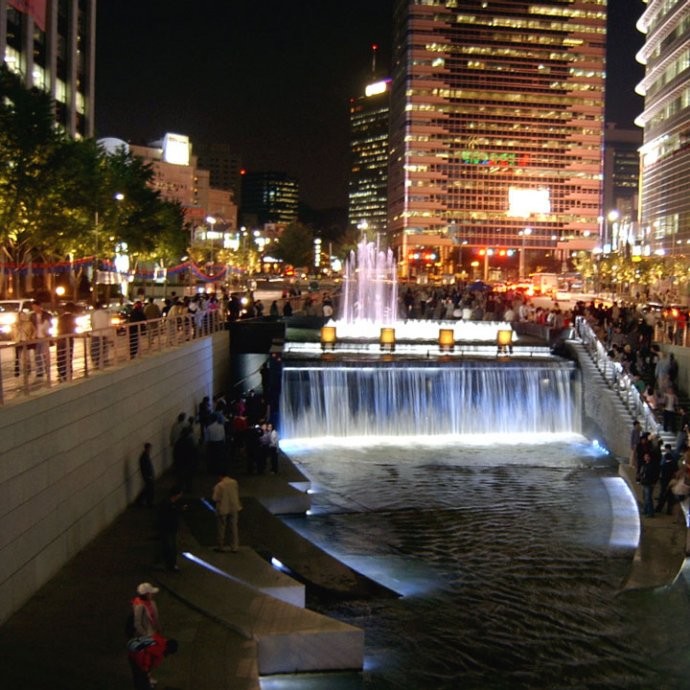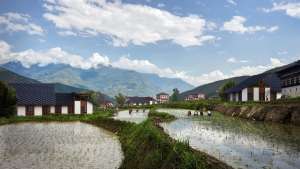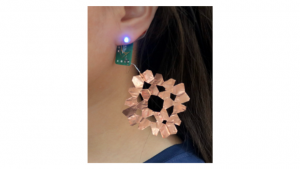
Over-population, pollution, decent housing, traffic congestion, educational problems and marginalisation are just some of the challenges modern cities face.
The city of Seoul in South Korea has for the past couple of years been using design to change the city and the improve the life quality of its citizens. Their “design caring for citizens” initiative uses design and people-orientated solutions to solve aesthetic challenges while also addressing social issues.
Design Seoul is based on five principles to make the city more people-centred. These principles are airy, integrating, preserving, collaborating and sustainable design. Applying these principles, or Design Seoul Guidelines, to the city’s public spaces, facilities, buildings and outdoor advertisements has seen Seoul rebranded as an eco-friendly city with a vision of “design that cares for its citizens”.
Some of the design interventions in Seoul has included reconstructing the city hall building to serve as a beacon of renewable energy. The government complex in Seoul is now the most energy efficient building in Korea. The uniforms of street sweepers have been redesigned to make them more visible and further drive home the idea that Seoul is concerned about being a clean and sustainable city.
In addition to improving the quality of life of citizens in Seoul, Design Seoul has also seen a number of human-centred urban interventions and the creation of more public spaces for the city.






